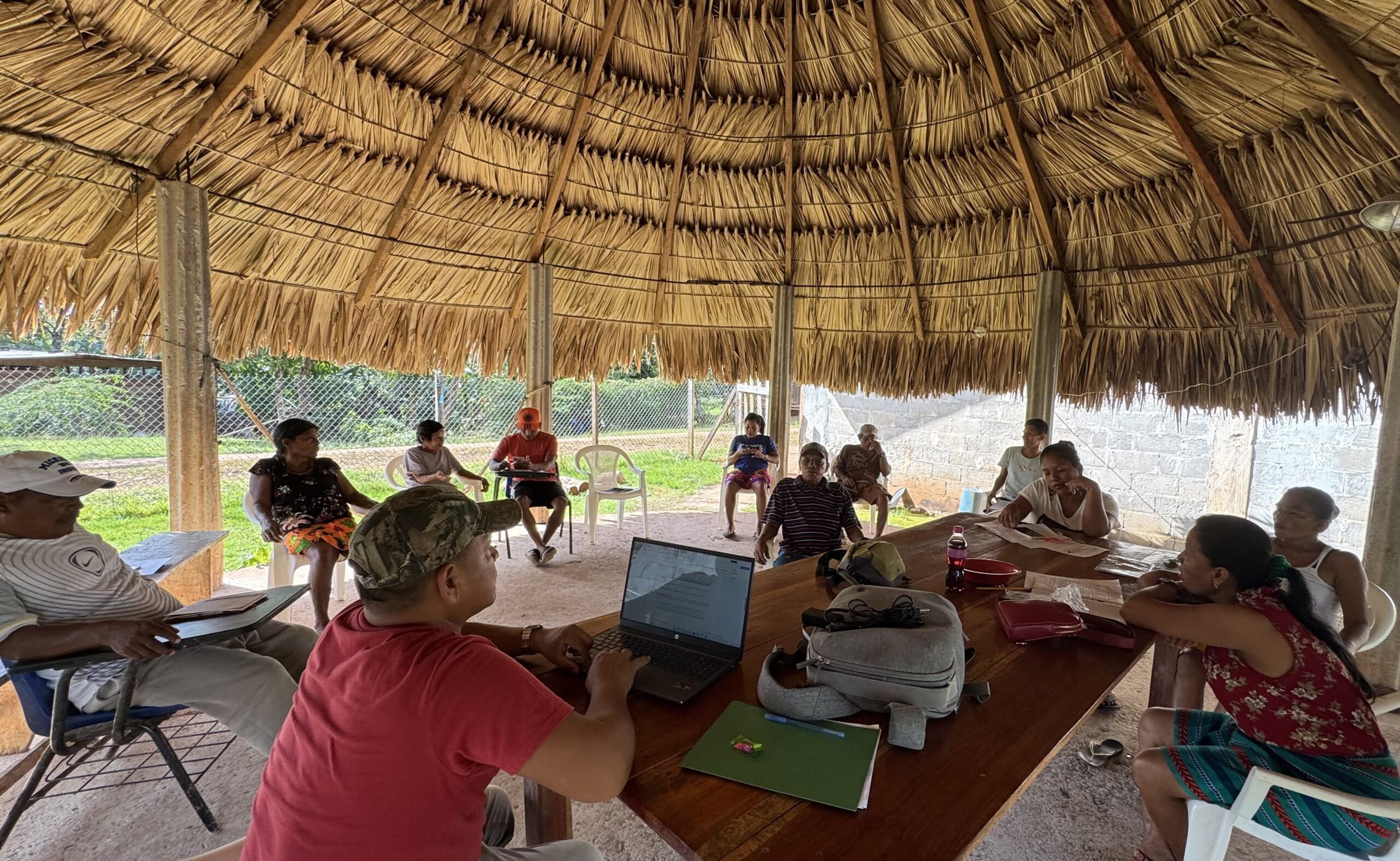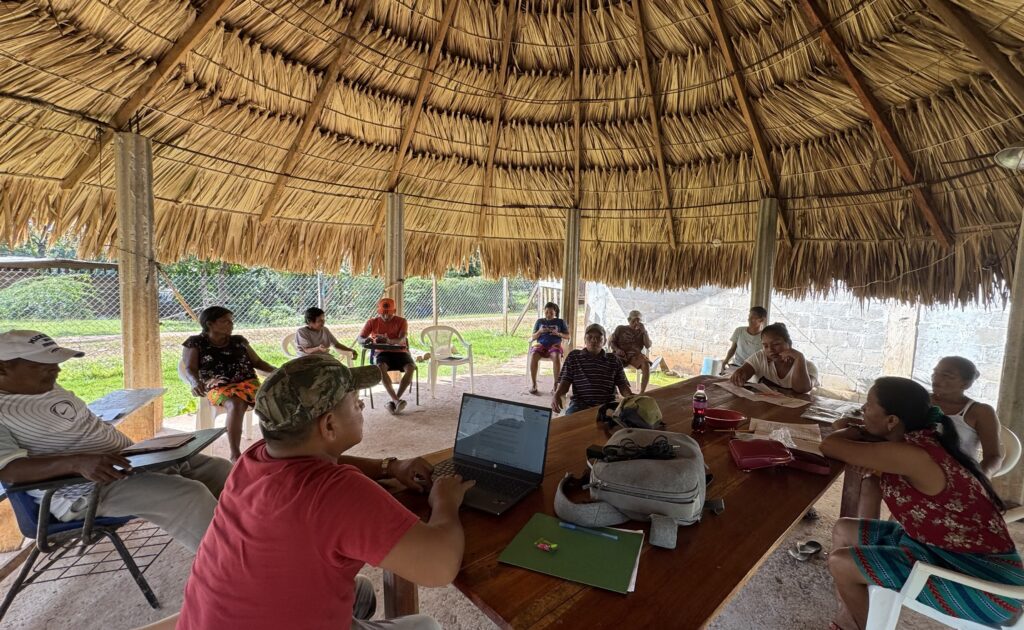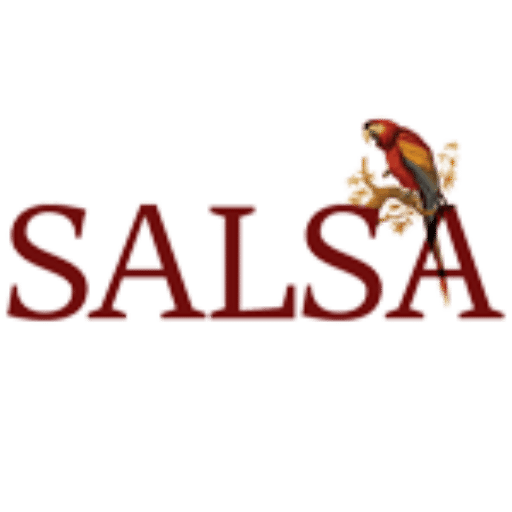
Julie Velásquez – N & S Whitten Publication Subvention 2024-2025

Julie Velásquez Runk
Wake Forest University
With Wounaan Podpa Nʌm Pömaam & Wir Haigpai Podpa Nʌm Majé
Norm and Sibby Whitten Publication Subvention 2024-2025
The Norm and Sibby Whitten Publication Subvention Award Selection Committee (Evan Killick, chair, Lukas Keese and Juliana Oliveira Silva) awarded a grant to Julie Velásquez Runk with Wounaan Podpa Nʌm Pömaam and Wir Haigpai Podpa Nʌm Majé for their book, Interwoven Rosewood: Beauty, Being, and Belonging, that will be published by the University of Arizona Press.
Interwoven Rosewood: Beauty, Being, and Belonging
This collaborative book examines the global illegal rosewood logging boom and how it is experienced by Indigenous Wounaan in Panama. Co-authored by Julie Velásquez Runk, and members of the Wounaan Podpa Nʌm Pömaam (Wounaan National Congress) and Wir Haigpai Podpa Nʌm Majé (Wounaan Local Congress of Majé) they show what happened before and after the volatile rosewood boom, disrupting the notion that Chinese demand alone caused it. Instead, they weave the beauty and joy of Wounaan life with centuries of settler colonialism and extractive capitalism, illustrating how beings, economy, objects, governance, and self-determination variably come together, entwine, and generate effects. In so doing, the book challenges us to consider who we are (being), how we are in relationship with others and place (belonging), and who we might become in this era of environmental crises and climate emergency.
Palo rosa entretejido: belleza, ser y pertenecer
Este libro colaborativo examina el auge mundial de la tala ilegal de palo de rosa y cómo lo viven los indígenas wounaan en Panamá. Escrito por los coautores Julia Velásquez Runk y miembros del Wounaan Podpa Nʌm Pömaam (Congreso Nacional del Pueblo Wounaan) y del Wir Haigpai Podpa Nʌm Majé (Congreso Local del Pueblo Wounaan de Majé), muestran lo que sucedió antes y después del volátil auge del palo de rosa, desmintiendo la idea de que la demanda china por sí sola lo causó. En su lugar, entrelazan la belleza y la alegría de la vida wounaan con siglos de colonialismo de asentamientos y capitalismo extractivo, ilustrando cómo los seres, la economía, los objetos, la gobernanza y la autodeterminación se unen, se entrelazan y generan efectos de manera variable. Al hacerlo, el libro nos desafía a considerar quiénes somos (ser), cómo nos relacionamos con los demás y con el lugar (pertenencia), y en quiénes podríamos convertirnos en esta era de crisis medioambientales y emergencia climática.
